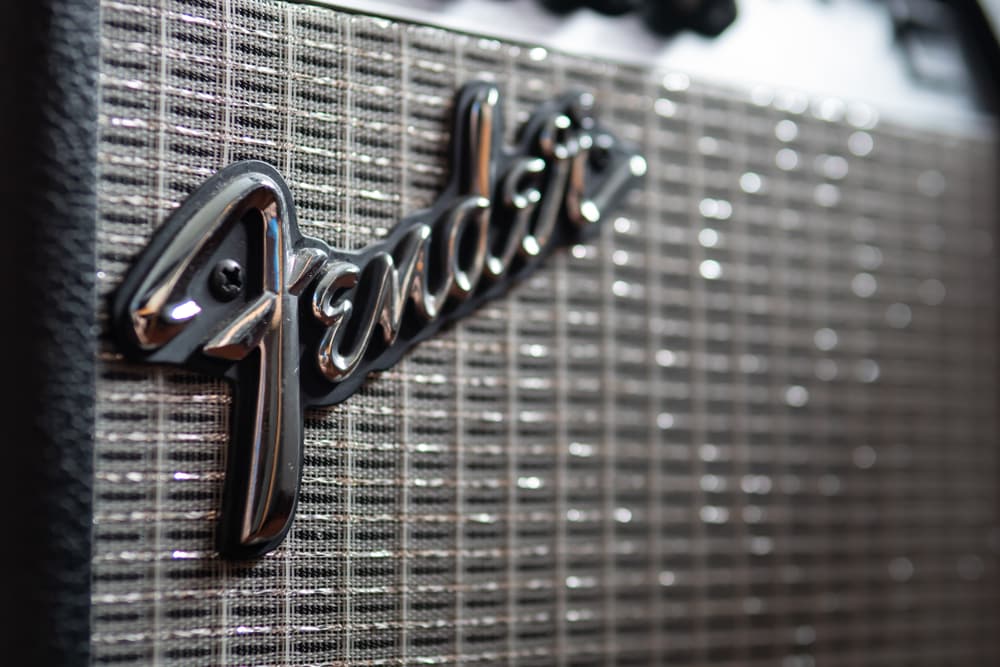
Throughout music history, the guitar has been rated as one of the best musical instruments. With their affordability, accessibility, and exceptional versatility, it’s a little wonder guitar is so popular among musicians. Furthermore, it does not require any other instrument and can be played solo.
Having said that, if you are a professional guitarist, investing in a few gadgets is recommended to enhance your playability. A guitar amp is one such gadget. It amplifies your guitar’s weak signals so they can be heard even in big auditoriums.
Whether jamming with your friends or playing on a stage, a guitar amp ensures your sound does not get lost in the sea of other musical instruments. When it comes to musical instruments and accessories, Fender stands tall as one of the major players in the industry.
The company came into being in 1946, and today, it has become a household name in the music world. Fender has a long history of offering top-notch guitar amps, and the Supersonic 60 amp is one of them.
The Fender Supersonic 60 guitar amp is a powerful 60-watt amplifier with tons of cool features to enhance your playability. It gives you multiple input options and strengthens your signals while maintaining their tonal quality.
However, like every other guitar amp, the Fender Supersonic 60 amp may also show problems over time. We have done the research and isolated all the issues associated with this guitar amp. Let’s get right into it!
How To Fix Fender Supersonic 60 Problems?
Below are a few common Fender Supersonic 60 guitar amp problems.
- Crackling Sounds
Crackling sounds are the most common issue that you may face while using the Fender Supersonic 60 guitar amp. While its level is usually low and hardly bothers the users most of the time, there’s no denying that it is still annoying.
Some users have reported that it does get aggressive sometimes, causing all sorts of problems for the player. The Fender Supersonic 60 guitar amp usually makes crackling noise while playing at higher levels. However, that is not the only reason for this problem. Improper connections can also cause this issue.
If the cables are not appropriately connected to your amp or are damaged, this problem may occur. So, examine your connections and make sure everything is fine. If the cables are frayed, simply replacing them will fix this issue, and your Fender Supersonic 60 guitar amp will start sounding as it is supposed to.
Thankfully, the cables and other input accessories are readily available all over the world. For your guitar amp’s best performance, it is advised to buy premium quality cables. Heading to your nearby musical instrument shop and purchasing any cheap random cable may seem easy, but it will soon let you down.
And yes, if possible, consider opting for shorter cables as they deliver the sound better. Daisy chain cables are not a good choice as they often give distorted sound.
- Catching Scratches
Scratches on the Fender Supersonic 60 guitar amp can also give you headaches. It has an elegant finish and a great overall design, but it leaves a bit to be desired in terms of materials used. It is not scratch-proof, and if you have used it, you’d know how easily it attracts scratches.
If you perform in concerts and take your Fender Supersonic 60 guitar amp outdoors often, keep it with care. The scratches can ruin your amp’s overall look. Removing them can be difficult, but they can surely be avoided. Furthermore, consider buying an amp box to store your amp when carrying it outdoors.
If your Fender Supersonic 60 guitar amp has caught scratches, here is how you can remove them:
- It is a good rule of thumb to check the severity of the scratches before starting the cleaning process. And yes, try the least abrasive substances first to avoid any additional scratches on your Fender Supersonic 60 guitar amp. If you notice that your cleaning agent is causing further damage, stop using it immediately.
- You can use a credit card to assess the depth of the scratches. If it glides smoothly without getting stuck, it indicates that the scratch is minor and can be treated using a mildly abrasive cleaning agent. On the other hand, if the credit card gets stuck, you will need a more efficient solution.
- Before applying any solution, make sure to clean the dust first using a lint-free cloth. Simply rub it over the dirty area to clean the surface. Once done, apply some cleaning solution to get rid of the scratches. Some people recommend using toothpaste as a cleaning agent. However, as it turns out, toothpaste can damage your Fender Supersonic 60 guitar amp even more.
- Not Turning On
Another issue many users have complained about while using the Fender Supersonic 60 guitar amp is that the amp does not turn on. The buttons work fine, but it still does not turn on. There is nothing more frustrating for the player than this problem as they are unable to use the amp.
Furthermore, this problem can even occur during live performances and put your entire night down in flames. So, what to do if your Fender Supersonic 60 guitar amp is not turning on? Well, start by taking a look at your amp’s power cord, as it is the bad guy more often than not. If that’s the case, consider replacing it to fix the problem.
If you have replaced the power cord and your Fender Supersonic 60 guitar amp and the problem persists, it is time to get it checked by a technician. They will inspect its components and tell you what is causing the problem.
A blown-out fuse is also the main reason the Fender Supersonic 60 guitar amp does not turn on sometimes. Most guitar amps use a fuse to protect their circuits, which automatically blows out in case of excessive current. When it does, your Fender Supersonic 60 guitar amp may not turn on.
Thankfully, there is a simple fix for this problem. All you need to do is to replace the failing fuse, and your Fender Supersonic 60 guitar amp will start working again. Just make sure to buy the fuse of the right amperage. And yes, if you are unsure about the fuse’s location, you can refer to the operator manual to find it out.
- Overheating
Overheating is usually the result of excessive overuse. If you keep using your Fender Supersonic 60 guitar amp without taking a break, it can overheat. This also affects other components of your amp and may also lead to low output. The best tip to avoid overheating is to give your amp enough time to rest before using it again.
The Bottom Line
The Fender Supersonic 60 guitar amp is a popular choice among guitarists, thanks to its powerful features and great sound. However, you may run into numerous problems while using it. It catches scratches quite easily and may also start giving crackling noise over time.
Furthermore, many users reported that it overheats in case of excessive usage. We have discussed all the problems and their simple solutions in this article.

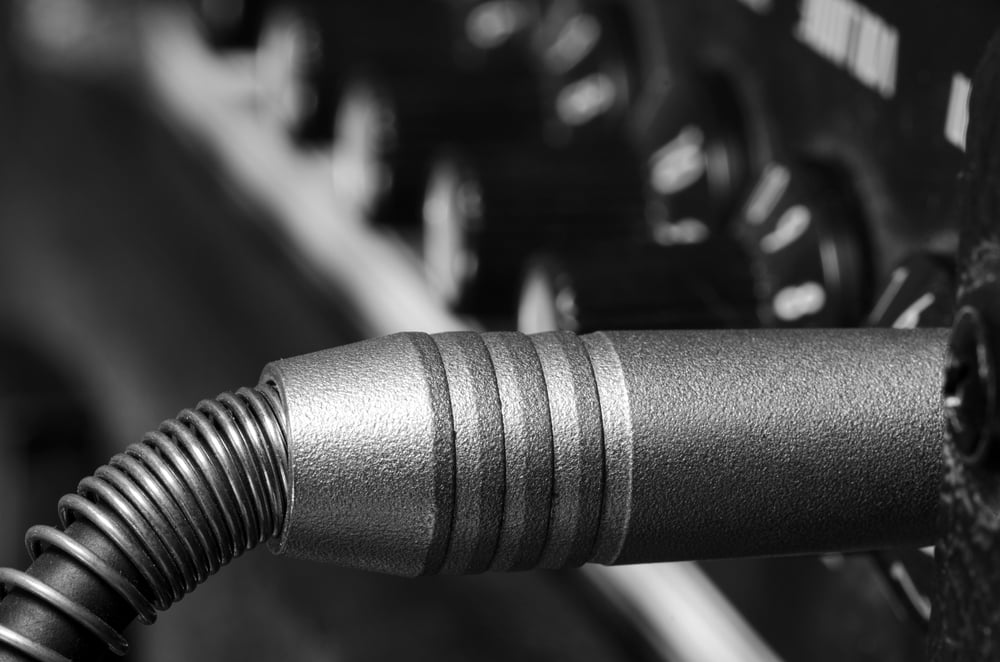
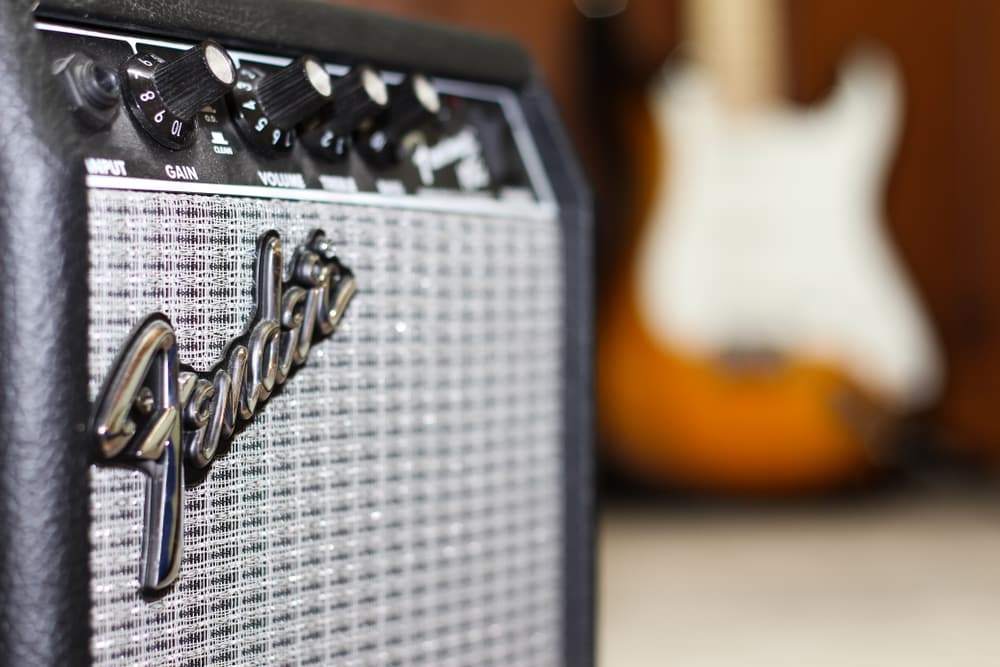
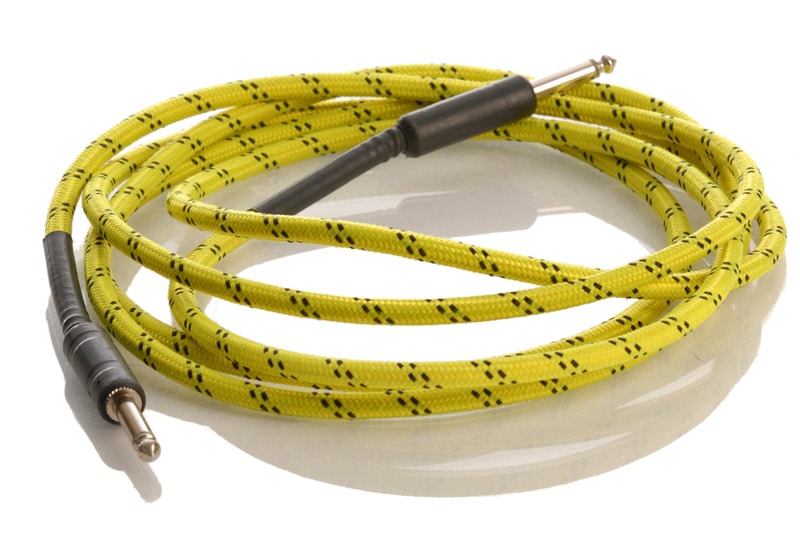
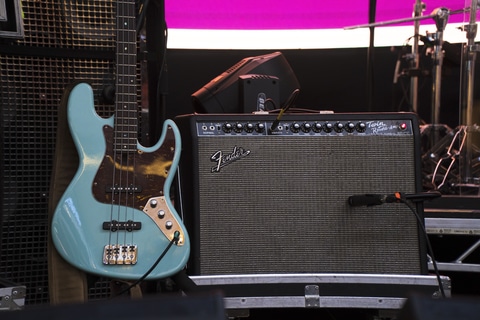
I have two, gigging them for 16 years, 300 gigs a year. never had any problems.